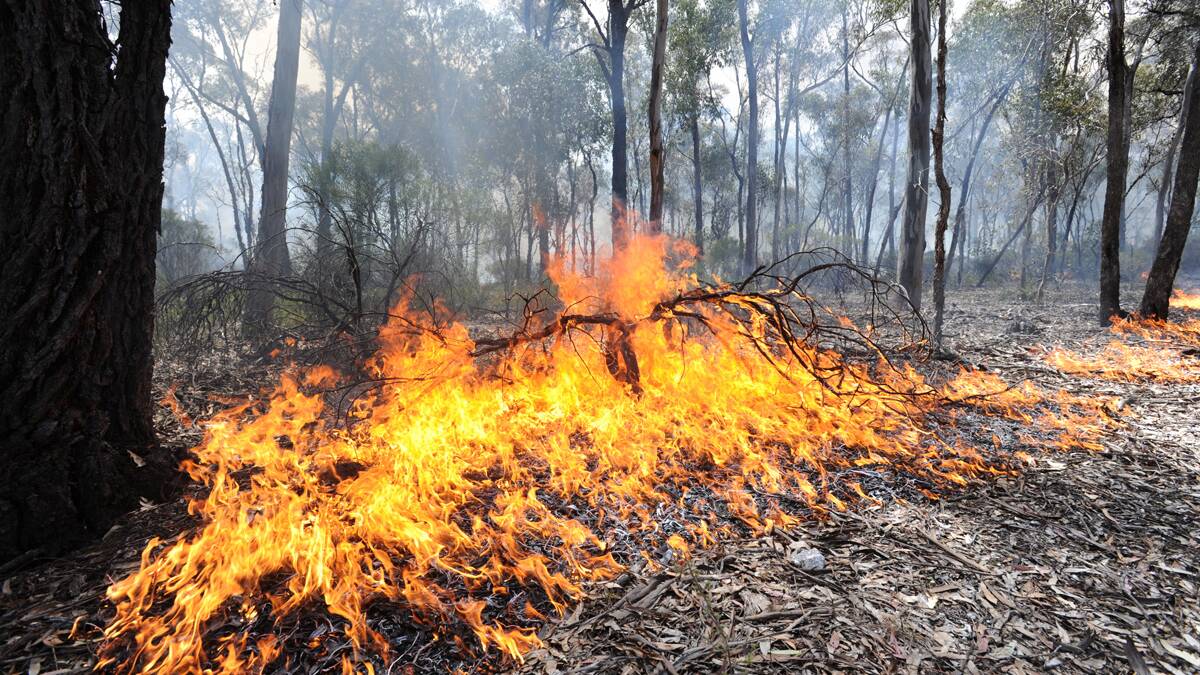
Central Victoria will experience more intensive fires more often as the effects of climate change become more pronounced, according to a former head of the state's Country Fire Authority.
Subscribe now for unlimited access.
$0/
(min cost $0)
or signup to continue reading
Former chief executive of the CFA Neil Bibby said there had been "incredible changes" in the last decade, with hotter and dryer fire seasons.
Mr Bibby jointly signed a statement calling on the state and federal government to take action on climate change in response to an increasing number of "catastrophic" extreme weather events.
Former emergency service leaders from across Australia signed the statement, which was released on Wednesday morning.
As more people moved to regional areas like Bendigo and fire seasons got worse, emergency services ability to protect every home lessened, Mr Bibby said.
Bendigo is likely to have 19 days above 35 degrees each year by 2030, a rise of 6 days.
It could be 54 days per year, or 66, by 2070 depending on future emissions.
The average temperature is expected to increase by 0.6 to 1.3 by 2030, and by 1.2 to 3.3 degrees by 2070, depending on the emissions scenario.
"The ability for fire agencies across Australia to protect every home are just diminishing, they're not there any more," he said.
"You're going to have more days that are hotter and drier, you're going to have more dry lightning strikes that will cause the fires in an already parched environment.
"If you look at central Victoria, you're going to have more fires and more intensive fires."
Longer fire seasons meant volunteers had less chance to recover after a fire season, he said.
It also meant volunteers had to work extra hours doing prevention work, such as fuel reduction burning, as well as fire-suppression work.
In the "old days", if there was a fire in the north of Bendigo NSW's Rural Fire Service would be able to help, Mr Bibby said.
This would not happen in the future, because each service would have too much going on in their own state, he said.
"Victoria's fire season used to start in November and end in March, now it's starting in October and going through to the end of April," Mr Bibby said.
"Wen you practically look at what's going on, this year we had monsoons or cyclones across the top of Australia and fires across the bottom of Australia.
"I look at the people who used to work for me, they're exhausted, they're burning out."
Higher temperatures mean forest and grassland are dryer, catch fire more easily and burn more readily according to the statement.
Longer fire seasons in Australia and the northern hemisphere have made it more difficult for fire authorities to exchange equipment like aerial bombers, trucks and firefighters, as seasons overlap, the statement said.
Have you signed up to the Bendigo Advertiser's daily newsletter and breaking news emails? You can register below and make sure you are up to date with everything that's happening in central Victoria.


